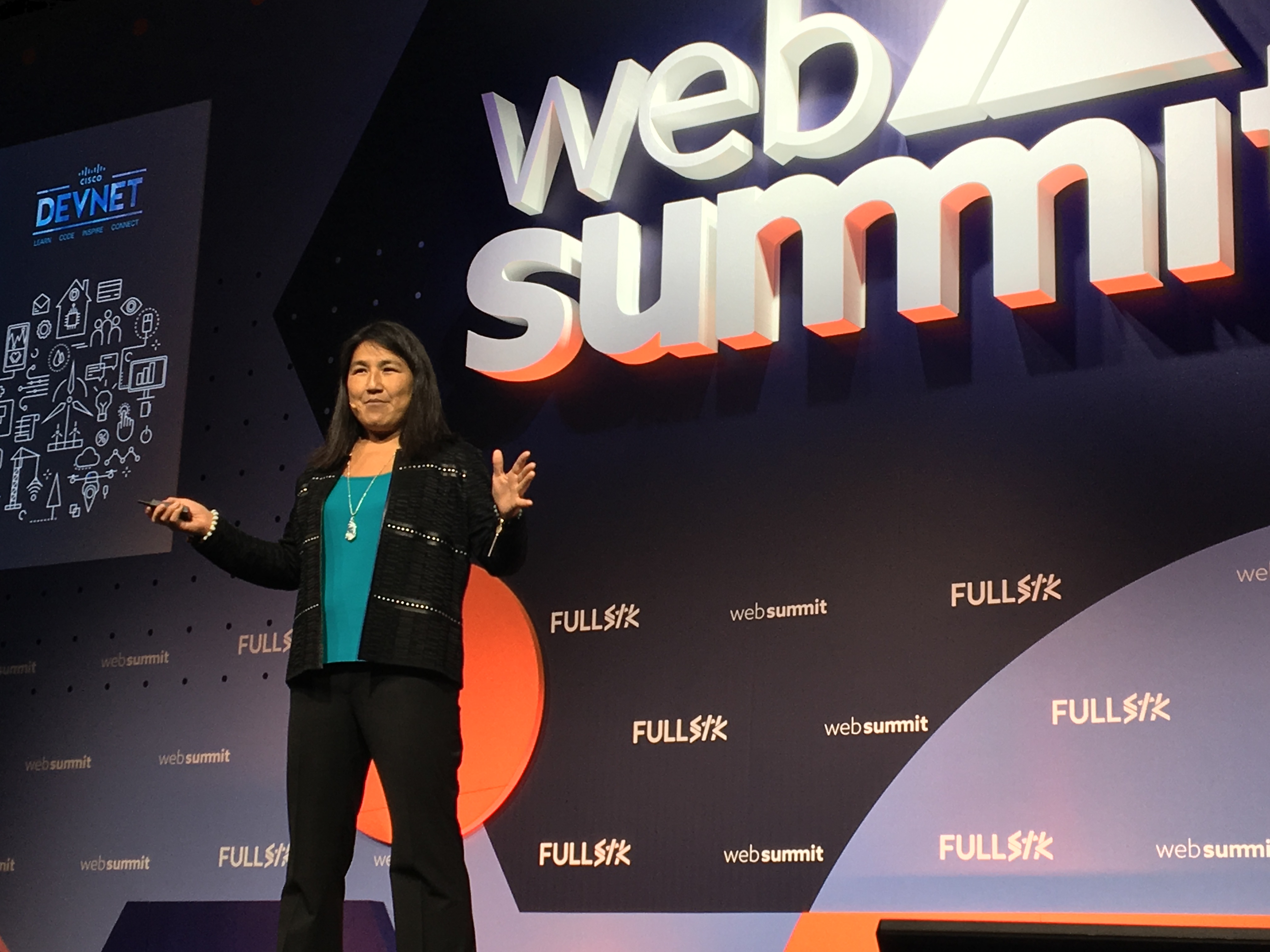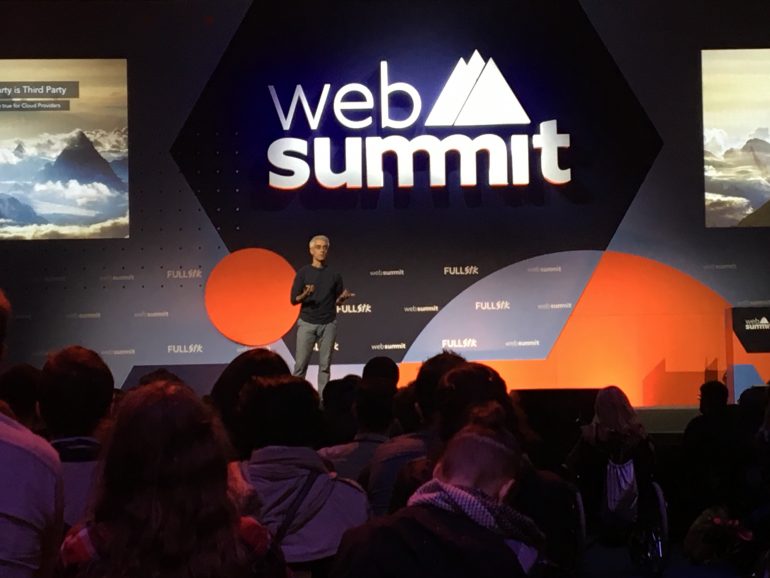As Web Summit 2018 wrapped up in Lisbon last week, over 70,000 attendees left the annual tech business conference. Having heard all about how technology is changing the world, there were many panels discussing its impact across various industries.
What still rings true are the words of Marc Andreessen in his 2011 Wall Street Journal article, ‘Software is eating the world,’ which was quoted at least once during the conference. His words are still relevant eight years later, as software and its evolving practice continue to become more ubiquitous.
Take, for example, the growing phenomenon of open source development, which started as a counterpoint to closed enterprise development nearly 30 years ago with the likes of Linux. Today, there are 31 million GitHub contributors, and it’s become a key focus for large enterprises like Microsoft and Google.
During Web Summit, Igor Perisic, LinkedIn’s chief data officer, explained that open source development leads to better code, better engineers, and a better organizational culture.
“We need to execute at the speed of ideas. We want our organization’s model to work for the future.”
“We can see that coding is a communal exercise where you discuss with others and grow,” said Perisic. He added that open source code allows participants to build a good reputation and ensure that their code is peer-reviewed and more resilient. “You rarely have a clean slate as an engineer – that’s a fallacy. You’re often fixing bugs or extending projects.”
In tandem, more enterprises are now adopting InnerSource strategies, where they develop open source software practices and culture within the organization. In another panel, Kris Borchers of Azure PIE and Microsoft, and Twitter hashtag inventor Chris Messina said that many of the reasons for adopting open source are self-evident (such as acquiring free code to save money), but there are also other less-obvious reasons.
“It’s not only good for employees, but it also helps with retaining talent and recruiting,” Messina said.
Chris Messina and Kris Borchers with PJ Hagerty on Inner Source strategy @aspleenic @WebSummit #WebSummit pic.twitter.com/vXHrDKVyUe
— Denis Canty (@deniscanty) November 8, 2018
Borchers, who once acted as executive director of jQuery Foundation, said that when an enterprise puts a project out, they’re able to see potential new hires who are contributing, and they’re able to assess their skills. The panelists said that in order for an InnerSource strategy to succeed, leaders must understand that collaboration is key, and team members must embrace a culture shift in how they work together. Empathy is critical.
Meanwhile, in a panel about marketing, IBM senior vice president and chief marketing officer Michelle Peluso spoke about how they use agile throughout their organization, with Scrum rituals even for marketing teams. She described how they have multidisciplinary teams, so they avoid sitting in vertical silos. “When we’re looking at the evolution of tech, and we’re talking about a culture change at the company, we need to execute at the speed of ideas. We want our organization’s model to work for the future,” she said.
Modern technology leaders inside the enterprise are experiencing a shift in their role toward leveraging emerging technology trends. In this area, Web Summit heard the perspective of VP and CTO of VP & CTO of Cisco’s DevNet Susie Wee, and Allianz SE CTO Markus Löffler.

“As a leader, you have to impact a broader set of people,” said Wee. “We provide learning labs and the community contributes code. We get lots of feedback.”
She added that she values the input from colleagues of all ages, and they often ask her to take questions back to the board.
In the insurance industry, Löffler said the company is moving its analytics practice further into the AI space; Allianz appointed a new chief data officer and removed its chief digital officer role. “Having data alone is useless, unless you use it,” said Löffler.
Related to data and AI, Paulo Rosado, founder and CEO of OutSystems, spoke about how AI will impact how we create software in the future.
“Some people believe the role of development as it is today will disappear,” he said. “We’ll have AI bots who get data and learn the software, and then they will change the software automatically…One of the disadvantages is that of singularity, where we may see that our AI will build more AI. But one of the benefits is that we’ll see developers leaving the coding grunt work behind, so they can focus on being more creative.” He added that he sees this as a good thing.
In the industrial context, Uptake president Ganesh Bell talked about the AI they’re building that’s able to predict failures and risks within complex industrial performance technology. He urged everyone to think about solving problems of consequence with technology. “It’s time to look at problems with a purpose in the world,” he said.
For a conference that covers all things technology to all people, it’s clear that the enterprise technology leaders on stage appear to eagerly await industry 4.0 and the new innovations that are sure to come in 2019 and beyond.


